Sciare sulla neve naturale e sulla neve artificiale è un'esperienza completamente diversa - e sapere come si confrontano può aiutarti a sfruttare al meglio il tuo tempo sulle piste. La neve naturale è soffice, soffice e in continua evoluzione, mentre la neve artificiale è densa, ghiacciata e costante. Questo significa che la tua attrezzatura deve gestire efficacemente entrambe le consistenze. Ecco il riassunto rapido:
- Neve Naturale: Leggera, polverosa e indulgente. Perfetta per curve fluide ma imprevedibile a causa dei cambiamenti meteorologici.
- Neve Artificiale: Dura, scivolosa e uniforme. Ottima per la velocità ma richiede controllo preciso e un maggiore impegno del bordo.
Snowfeet* prodotti, come i loro Skiblades e Skiskates, sono progettati per performare su entrambi i tipi di neve. Le loro lunghezze più corte li rendono agili sulla neve naturale e stabili su superfici artificiali ghiacciate. Se sei pronto per un'attrezzatura che entra in uno zaino e funziona su quasi tutte le piste, Snowfeet* potrebbe diventare il tuo nuovo preferito.
1. Neve Naturale
Proprietà fisiche
La neve naturale è un capolavoro della natura, formato quando i cristalli di ghiaccio crescono nell'atmosfera e cadono a terra, creando una superficie in continuo cambiamento. Ogni fiocco di neve è unico, modellato dalle condizioni in cui si forma, risultando in una vasta gamma di strutture cristalline.
Questi cristalli variano in forma e dimensione, offrendoci tutto, dalla POWDER leggera e soffice alla neve più pesante e densa. La neve naturale fresca, quando è asciutta e sciolta, ha tipicamente una densità di 30–50 kg/m³. Il rapporto neve-liquido (SLR) può variare significativamente - da 4:1 a 20:1. Per esempio, Little Cottonwood Canyon nello Utah ha una media impressionante di 14:1, rendendolo una destinazione da sogno per gli sciatori. Col tempo, i cambiamenti di temperatura fanno evolvere i cristalli di neve, arrotondandoli o sfaccettandoli, il che influisce direttamente sul comportamento del manto nevoso e, a sua volta, su come gli sci si comportano su di esso. Questa natura in continua evoluzione della neve naturale gioca un ruolo importante nel definire l'esperienza sciistica.
Sensazione di Sciata
Sciare sulla neve naturale è un'esperienza senza pari. La sua consistenza soffice e soffice è ciò che la maggior parte degli sciatori desidera. La varietà che offre - dalla POWDER leggera e ariosa a superfici compatte e dure - mantiene tutto sia stimolante che emozionante. Immagina di iniziare la tua discesa su una nuvola di POWDER che rende la curva senza sforzo, per poi passare a una superficie più dura che richiede precisione e tecnica affilata. Questo continuo cambiamento di consistenza ti tiene sempre vigile e rende ogni discesa fresca ed entusiasmante.
Impatto sulle prestazioni dell'attrezzatura
Le condizioni imprevedibili della neve naturale possono essere difficili per gli sci lunghi tradizionali, che solitamente variano da 150 a 200 cm. In POWDER profonda, la loro lunghezza può rendere più difficili le curve rapide e gli aggiustamenti. Adattarsi ai cambiamenti di consistenza della neve richiede agilità, qualcosa con cui gli sci più lunghi spesso faticano.
Come si comportano i prodotti Snowfeet*

Qui è dove i prodotti Snowfeet* brillano. Progettati per agilità ed equilibrio, le loro dimensioni compatte li rendono perfetti per adattarsi alle condizioni sempre mutevoli della neve naturale. Che tu stia usando i Mini Ski Skates o gli Skiskates, il loro design più piccolo permette pivot rapidi e aggiustamenti tecnici senza soluzione di continuità.
Gli Snowfeet* Skiblades, disponibili nelle lunghezze di 65 cm e 99 cm, trovano un equilibrio ideale per la neve naturale. Forniscono abbastanza stabilità per gestire la POWDER più profonda permettendo transizioni rapide di spigolo quando la consistenza della neve cambia. A differenza degli sci tradizionali che richiedono più sforzo per girare, gli Snowfeet* Skiblades rispondono istantaneamente, mantenendoti in controllo.
Per chi preferisce un po' più di superficie, gli Snowfeet* Short Skis (120 cm) sono un'ottima scelta. Offrono il galleggiamento necessario per la neve più profonda mantenendo l'agilità per gestire cambi rapidi di terreno. Inoltre, la loro costruzione leggera aiuta a ridurre l'affaticamento, così puoi goderti lunghe giornate sulle piste senza stancarti.
2. Neve artificiale
Proprietà fisiche
La neve artificiale non è esattamente come quella vera. La neve naturale forma quei classici, delicati cristalli esagonali, mentre la neve artificiale è composta da piccole sfere di ghiaccio strettamente compatte. Questo processo produce una superficie molto più densa. A differenza della neve naturale, che è per lo più aria (la POWDER fresca può essere oltre il 95% aria), la neve artificiale crea una base più pesante e compatta.
Puoi sentire la differenza subito. La neve artificiale pesa di più per piede cubo rispetto alla neve naturale, creando una superficie più dura sotto i piedi. Non è necessariamente una cosa negativa - solo diversa. Sciare su di essa richiede un po' di adattamento.
Ciò che è affascinante è quanto sia diventata comune la neve artificiale. Circa il 95% delle stazioni sciistiche ora utilizza la produzione di neve. Infatti, i Giochi Olimpici Invernali di Pechino 2022 si sono basati quasi interamente sulla neve artificiale. Quindi, che tu te ne renda conto o meno, è probabile che tu abbia passato del tempo a sciare su queste superfici create dall'uomo. Questa neve più densa e uniforme conferisce allo sci una sensazione distinta che vale la pena esplorare.
Sensazione di Sciata
La neve artificiale offre un'esperienza unica sulle piste. È più scivolosa e uniforme rispetto al POWDER naturale, il che significa che gli sciatori devono avere un controllo preciso. La superficie sembra più dura e meno indulgente, ma è costante, il che può essere un vantaggio.
"La neve artificiale è generalmente molto più dura della neve naturale, non così soffice e morbida (come piace a me). Una neve compatta è buona per alte velocità, ma richiede di mettere molta energia sui bordi per avere un buon controllo. Quindi troppi sciatori inesperti vanno troppo veloci per le loro capacità."
– Francesco Davini
Con il passare della giornata e l'aumento degli sciatori sulle piste, la neve artificiale tende a diventare ancora più dura e ghiacciata a causa del suo alto contenuto d'acqua. Sebbene questo possa essere complicato per chi è abituato alla neve naturale, è in realtà un vantaggio per le discipline agonistiche. La superficie costante e compatta permette prestazioni prevedibili e tempistiche precise.
Impatto sulle prestazioni dell'attrezzatura
La natura densa e scivolosa della neve artificiale rappresenta una sfida per gli sci tradizionali lunghi. Questi sci, che solitamente misurano tra 150 e 200 cm, possono risultare goffi su tali superfici. Regolazioni rapide e un solido controllo del bordo diventano più difficili da ottenere. Inoltre, la maggiore scivolosità richiede agli sciatori uno sforzo maggiore per mantenere il controllo, cosa che può risultare faticosa nel tempo.
Qui i prodotti Snowfeet* brillano. Il loro design compatto li rende incredibilmente reattivi, anche sulla superficie ghiacciata e granulare della neve artificiale. Per esempio, i Mini Ski Skates (38 cm) e gli Snowfeet* PRO (50 cm) offrono un controllo del bordo senza pari, permettendo di sciare con sicurezza su terreni impegnativi.
Come si comportano i prodotti Snowfeet*
L'attrezzatura Snowfeet* è progettata per gestire le esigenze uniche della neve artificiale. La loro lunghezza ridotta li rende perfetti per navigare su condizioni compatte e ghiacciate. Prendiamo ad esempio gli Snowfeet* Skiblades. Con 65 cm e 99 cm, offrono un rapido aggancio e rilascio del bordo, ideali per terreni scivolosi dove sono fondamentali aggiustamenti veloci.
Anche gli Snowfeet* Short Skis (120 cm) si distinguono. La loro agilità permette curve precise, anche sulle superfici più dure. I principianti, in particolare, possono trarre vantaggio dagli Snowfeet* Skiskates (44 cm). La lunghezza più corta e la costruzione con anima in legno facilitano il controllo del bordo senza l'intimidazione degli sci lunghi, aiutando i nuovi sciatori a prendere fiducia sulle piste ghiacciate.
Anche gli sciatori esperti apprezzeranno come i prodotti Snowfeet* resistono con il passare della giornata. A differenza degli sci tradizionali lunghi che faticano quando la neve artificiale diventa più ghiacciata, l'attrezzatura Snowfeet* rimane reattiva, offrendo movimenti rapidi e precisi necessari per una performance di alto livello. È una svolta per chiunque voglia sfruttare al massimo la neve artificiale.
Riesci a distinguere tra neve naturale e neve artificiale?
sbb-itb-17ade95
Pro e Contro
Quando si tratta di neve naturale e artificiale, ognuna ha i suoi vantaggi e sfide. Conoscere le differenze può aiutarti a scegliere l'attrezzatura giusta e l'approccio migliore per le condizioni che stai affrontando.
Neve Naturale:
La neve naturale è il classico sogno dello sci su POWDER. È più leggera, più morbida e molto più indulgente se cadi. Quei delicati cristalli si legano naturalmente, creando una texture soffice che scivola dolcemente sotto gli sci. Inoltre, tende a rimanere più asciutta e leggera, il che significa meno quel temuto fango nei giorni più caldi. Lo svantaggio? La neve naturale è alla mercé del meteo. Alcuni giorni scivolerai su POWDER perfetto; altre volte potresti incontrare zone scoperte o terreni irregolari se Madre Natura non è dell'umore giusto.
Neve Artificiale:
La neve artificiale, invece, offre una costanza su cui puoi contare. La sua struttura più densa e uniforme la rende perfetta per lo sci ad alta velocità e le gare. Resiste anche meglio alla pioggia rispetto alla neve naturale. Ma ecco il problema: è quattro volte più dura della neve naturale, il che significa che una caduta può essere molto meno indulgente. La superficie più ghiacciata e dura non ha nemmeno quella magica atmosfera invernale intatta che la neve naturale regala.
Ecco un rapido confronto affiancato:
| Aspetto | Neve Naturale | Neve Artificiale |
|---|---|---|
| Texture | Leggero, soffice, indulgente | Denso, duro, ghiacciato |
| Sicurezza | Atterraggi più morbidi, rischio minore | 4× più duro, rischio di infortuni maggiore |
| Costanza | Dipendente dal meteo, variabile | Uniforme, prevedibile |
| Velocità | Ottimo per lo sci su POWDER | Ideale per lo sci ad alta velocità |
| Durabilità | Può trasformarsi in melma con il caldo | Resistente alla pioggia |
| Esperienza | Autentica sensazione invernale | Manca l'atmosfera naturale selvaggia |
Queste differenze rendono chiaro perché un equipaggiamento reattivo è un punto di svolta per navigare entrambi i tipi di neve.
Dove l'attrezzatura Snowfeet* si distingue
I prodotti Snowfeet* colmano il divario tra neve naturale e artificiale, superando gli sci lunghi tradizionali in versatilità e adattabilità. Mentre gli sci convenzionali (150–200 cm) spesso faticano a gestire le condizioni contrastanti di questi tipi di neve, l'attrezzatura Snowfeet* eccelle.
- Snowfeet* POWDER (99 cm / ~39 in): Prezzo $490, questo modello è il tuo alleato per la neve naturale, offrendo agilità e controllo senza pari nella POWDER.
- Snowfeet* PRO (50 cm / ~20 in): A $199, è progettato per neve artificiale, offrendo un controllo superiore delle lamine su quelle superfici compatte.
Entrambe le opzioni offrono un livello di reattività che gli sci tradizionali semplicemente non possono eguagliare.
Vale la pena notare che i prodotti Snowfeet* sono più adatti per neve battuta e non sono ideali per pendii estremamente ripidi o POWDER profondo. Perfetti per piste da sci, snowpark, sentieri escursionistici e persino la collina locale per slittini, offrono un livello di versatilità che li fa risaltare.
E qui arriva il colpo di scena: la portabilità. A differenza degli sci tradizionali che richiedono portapacchi o trasportini speciali, l'attrezzatura Snowfeet* entra comodamente in uno zaino. Giornata sulla neve improvvisa? Nessun problema. Prendi i tuoi Snowfeet* e vai.
Conclusione
Sciare su neve naturale rispetto a neve artificiale offre due esperienze molto diverse. La neve naturale ti regala quella sensazione morbida e polverosa, mentre la neve artificiale garantisce una discesa liscia e prevedibile. Questa varietà significa che la tua attrezzatura deve stare al passo - ed è qui che Snowfeet* brilla.
A differenza degli sci lunghi tradizionali e degli snowboard, che possono avere difficoltà a gestire queste differenze, i prodotti Snowfeet* sono progettati per eccellere su entrambe le superfici. Il loro design più corto e leggero (con prezzi da $150 a $690) li rende incredibilmente reattivi, indipendentemente dalle condizioni. Realizzati con fibra di vetro resistente e dotati di lamine metalliche, non sono solo robusti - sono facili da controllare e molto più manovrabili degli sci convenzionali.
La vera magia? La loro versatilità. Che tu stia scivolando su neve artificiale battuta o attraversando fino a 10 cm di POWDER naturale, l'attrezzatura Snowfeet* lavora con la tua tecnica invece di costringerti ad adattarti.
"Questi skiblades sono così divertenti e facili da controllare. Non tornerò mai più agli sci tradizionali." - Andrew B.
Con oltre 5.500 recensioni verificate e una media impressionante di 4,9/5, è chiaro che l'attrezzatura Snowfeet* mantiene le promesse dove conta: controllo, flessibilità e puro divertimento. Inoltre, le loro dimensioni compatte eliminano la necessità di ingombranti portapacchi da tetto - entrano perfettamente nello zaino, rendendo le gite improvvise sulla neve un gioco da ragazzi.
Le condizioni della neve possono cambiare, ma la tua performance non deve farlo. I prodotti Snowfeet* offrono controllo, agilità e divertimento che trasformano ogni giornata sulla neve in un'avventura.
Domande frequenti
Come si confronta la neve artificiale con quella naturale in termini di prestazioni sciistiche?
La neve artificiale ha una consistenza più densa e uniforme rispetto alla neve naturale, offrendo una superficie stabile e prevedibile. Questo rende più facile mantenere il controllo e manovrare, specialmente durante le giornate più calde quando la neve naturale può diventare bagnata o irregolare.
La neve naturale, invece, è spesso più leggera e varia nella consistenza. Sebbene questo possa rendere lo sci un po' meno prevedibile, aggiunge anche un elemento vivace e polveroso che molti sciatori amano. I prodotti Snowfeet* performano eccezionalmente bene su entrambi i tipi di neve. Il loro design compatto - che tu stia usando Snowfeet* Skiblades o Skiskates - offre un controllo preciso e una maneggevolezza fluida. Sono ideali per la consistenza dura della neve artificiale ma gestiscono con facilità anche la neve naturale più morbida e varia. Con Snowfeet*, sei pronto per una discesa straordinaria, qualunque siano le condizioni della neve.
Cosa rende i prodotti Snowfeet* migliori degli sci tradizionali per sciare su neve naturale e artificiale?
I prodotti Snowfeet* si distaccano dall'ingombro degli sci tradizionali grazie alle loro dimensioni compatte e al design leggero, offrendoti un'incredibile agilità e controllo. Che tu stia scivolando sulla POWDER naturale o navigando sulla neve artificiale, la loro lunghezza ridotta rende le curve strette e le manovre rapide un gioco da ragazzi - anche in spazi ristretti o affollati. Questo li rende un'ottima opzione per tutti, dai principianti ai professionisti esperti.
A differenza degli sci normali che possono sembrare pesanti e richiedere più sforzo per essere gestiti, gli skiblades e Skiskates Snowfeet* sono progettati per affrontare diverse condizioni di neve con facilità. Offrono un tocco divertente e coinvolgente allo sci, rendendo l'esperienza più accessibile senza rinunciare alle prestazioni. Se cerchi una discesa facile da controllare, semplice da usare e abbastanza versatile per qualsiasi avventura sulla neve, i prodotti Snowfeet* meritano di essere provati.
Come si comportano i prodotti Snowfeet* sulla neve artificiale ghiacciata con il passare della giornata?
I prodotti Snowfeet* sono progettati per performare, anche quando la neve artificiale si trasforma in un terreno scivoloso e ghiacciato con il passare della giornata. Grazie ai loro ramponi integrati, offrono una presa eccellente su superfici dure e scivolose, mantenendoti stabile e in controllo.
Ciò che distingue Snowfeet* dagli sci o snowboard tradizionali è il loro design leggero e la facilità di manovra. Questi skiblades e Skiskates affrontano le lastre di ghiaccio come dei professionisti, rendendo le curve strette o le frenate rapide un gioco da ragazzi. Con Snowfeet*, puoi contare su una discesa fluida e controllata, indipendentemente da quanto la neve diventi impegnativa.
Post correlati del blog
- Perché gli sci sono così costosi? Comprendere la tecnologia & i costi
- Perché i miei scarponi da sci fanno male? Cause comuni & soluzioni [2025]
- Come scegliere gli sci se prevedi di sciare principalmente su neve artificiale
- Gli sci carving sono migliori per il ghiaccio o la neve bagnata? Approfondimenti da esperti







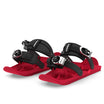
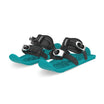












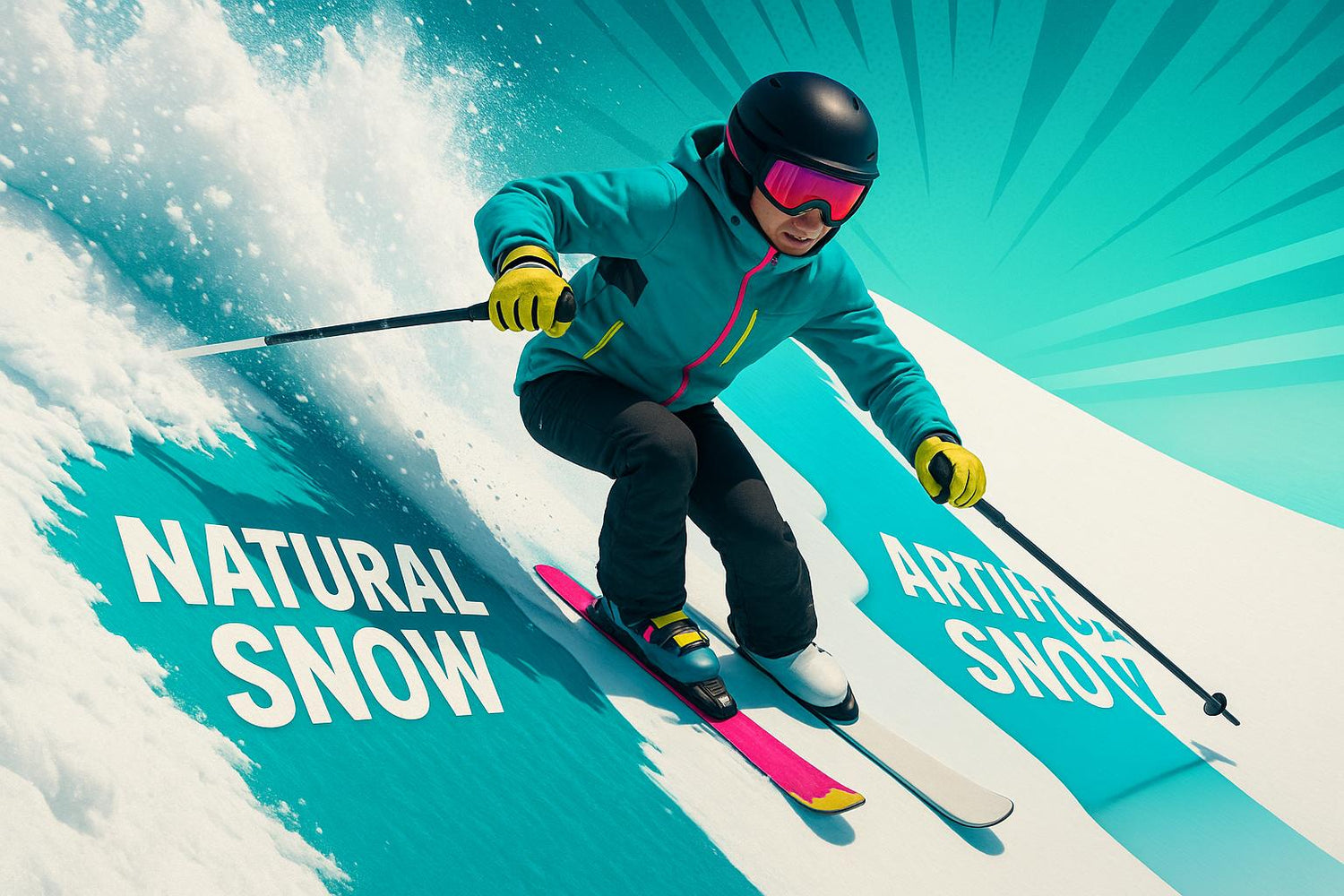
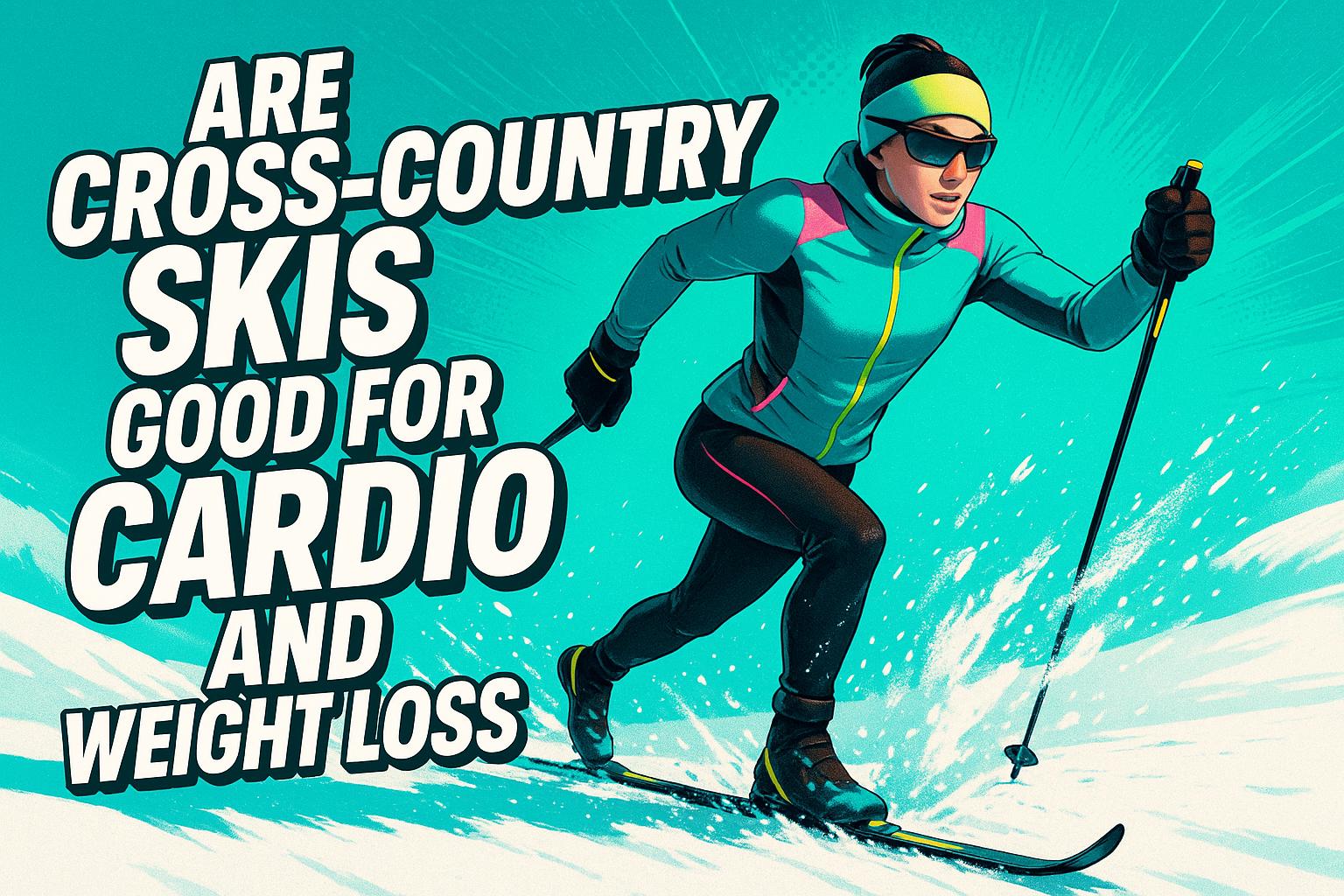




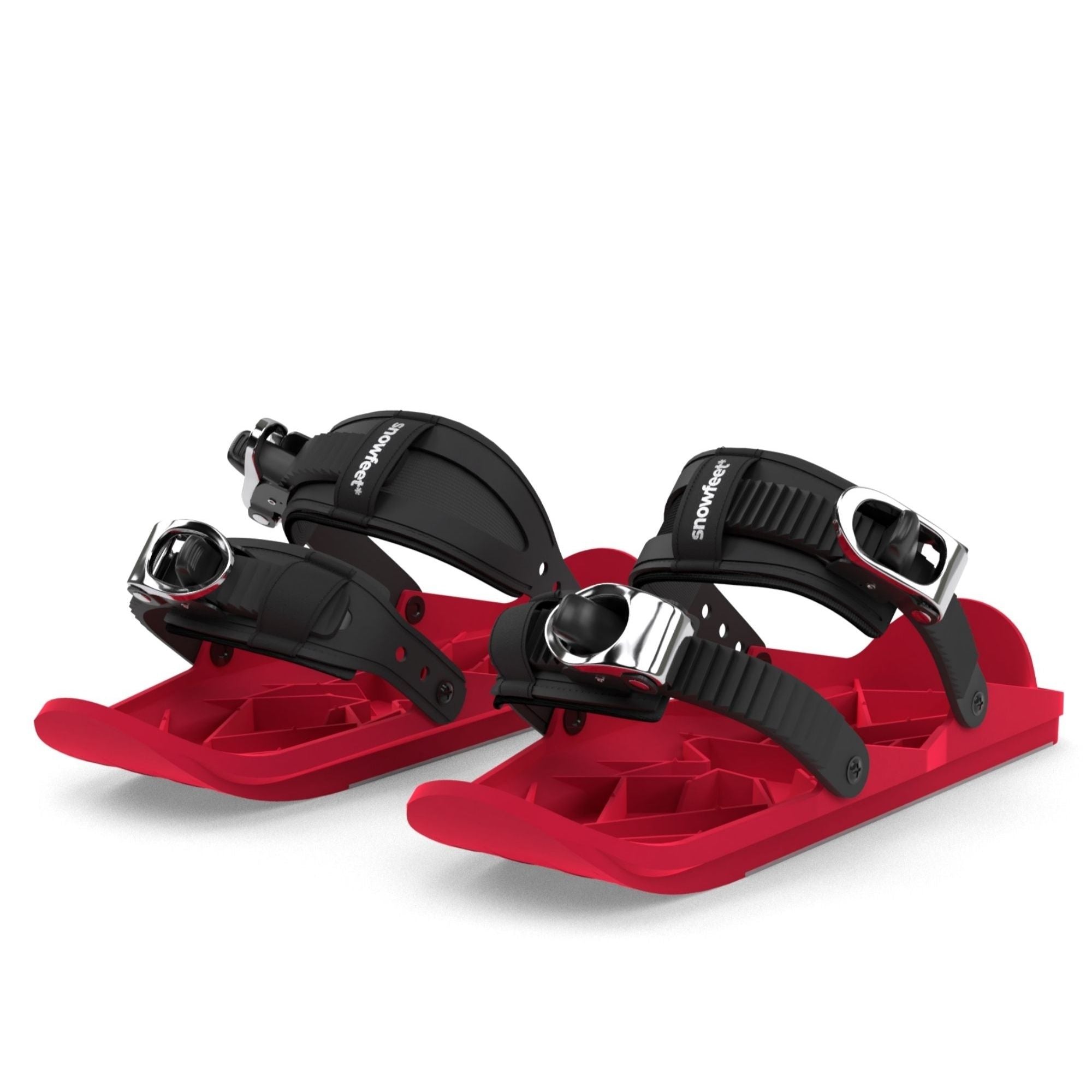
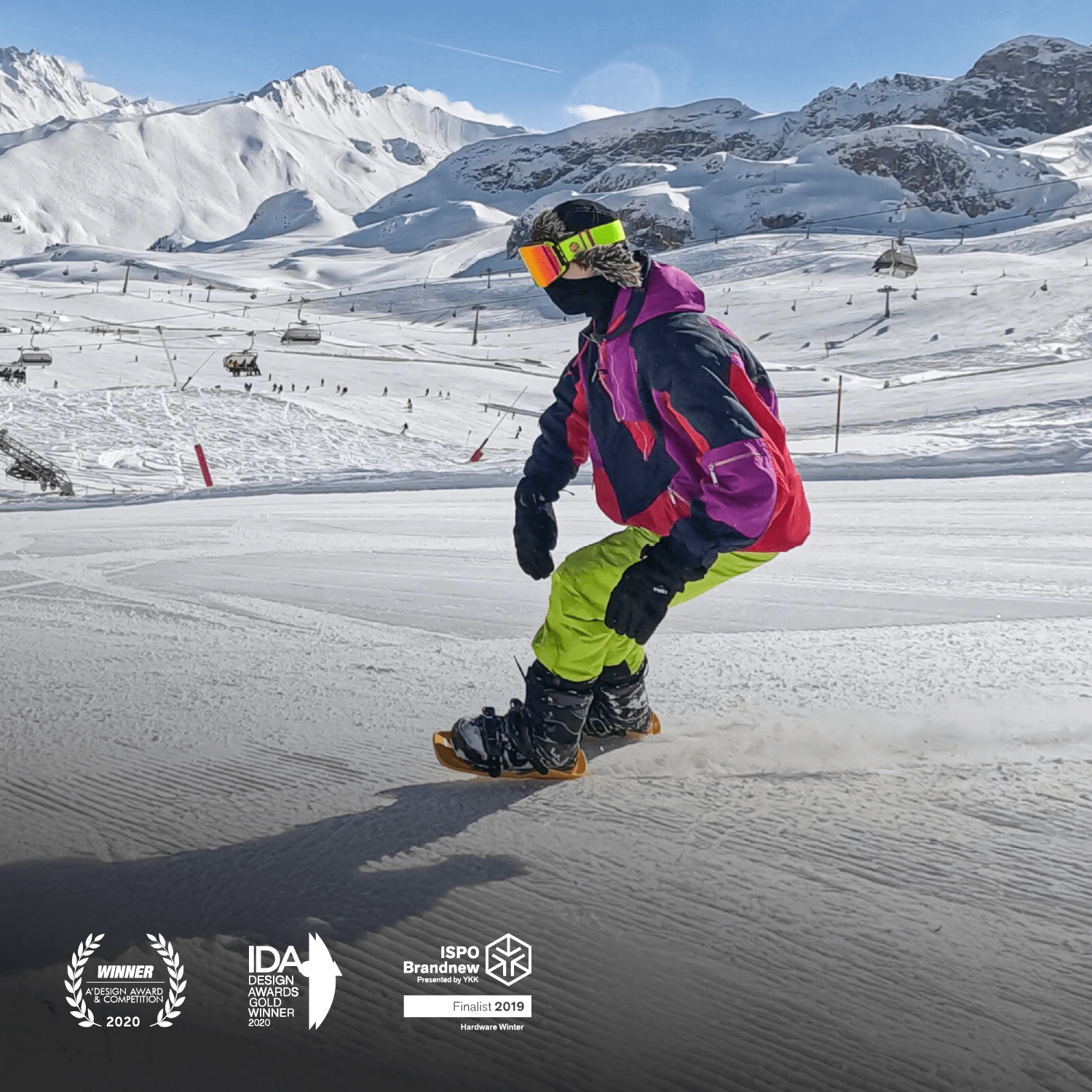




Lascia un commento
Questo sito è protetto da hCaptcha e applica le Norme sulla privacy e i Termini di servizio di hCaptcha.